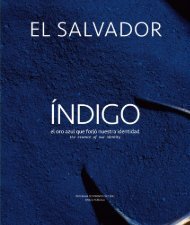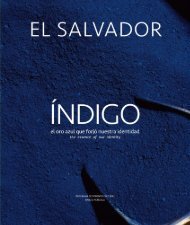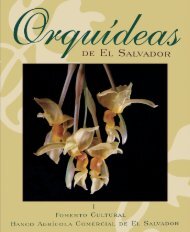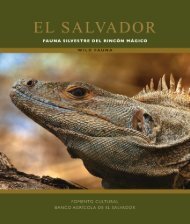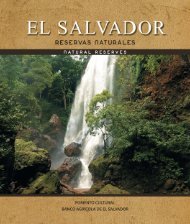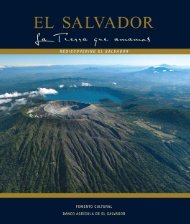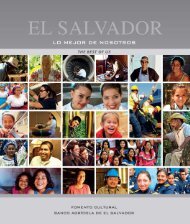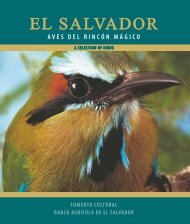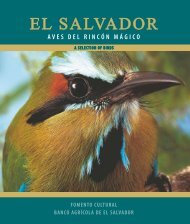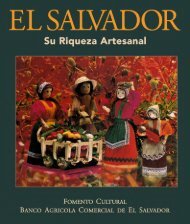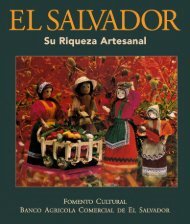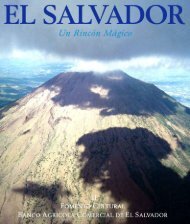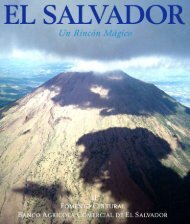Monumentos y Esculturas
Create successful ePaper yourself
Turn your PDF publications into a flip-book with our unique Google optimized e-Paper software.
LO SAGRADO Y LA NATURALEZA<br />
La fauna y los elementos naturales como la tierra, el fuego, viento y el<br />
agua, han sido representados en la escultura precolombina.<br />
Los animales adquieren una doble significación para los pueblos<br />
originarios: representan lo sagrado y a la vez su fuente de alimentación.<br />
En el plano sagrado, plumas, pieles, colmillos, entre otros, eran parte de la<br />
indumentaria para enfrentarse a la vida o la guerra y honrar a sus dioses.<br />
Muchos animales como los monos, jaguares y ciertas aves tenían valor<br />
sagrado, personificando dioses; con esto, los pueblos de Mesoamérica<br />
coinciden con la cultura griega, la cual tenía una corte de dioses que<br />
adoptaban apariencias zoomorfas o se representaban en forma alegórica<br />
de animal.<br />
La insistente presencia de animales, radica en la creencia del “nahual”, un<br />
animal que acompañaba a los seres humanos en su tránsito por el mundo<br />
terrenal.<br />
THE SACRED AND THE NATURE<br />
Wildlife and natural elements such as earth, fire, wind, and water have<br />
been represented in the pre-Colombian sculpture.<br />
The animals acquire a double significance for native towns. They<br />
represent the sacred and at the same time their source of feeding. In the<br />
sacred plane, feathers, fur, fangs, among others, were part of the clothing<br />
to face life or war and honor their gods.<br />
Many animals, such as monkeys, jaguars and certain birds had a sacred<br />
value; which would personify their gods. With this, the towns of<br />
Mesoamerica are equal with Greek culture; in which a court of gods,<br />
adopted zoomorphic looks or represented an animal in an allegoric shape.<br />
The persistent presence of animals, were a belief of the “nahual”, an<br />
animal that would accompany human beings in their passage through<br />
the underworld.<br />
Vaso Ceremonial, periodo clásico. Los cánones estéticos precolombinos no<br />
siempre han comulgado con los occidentales. En este incensario del periodo<br />
clásico observamos un rostro humano deformado: con ojos de tornado y la<br />
lengua de fuera, que puede denotar la imagen del Dios del Sol.<br />
Ceremonial Glass, classic period. The pre-Colombian aesthetic canons not<br />
always have agreed with the western. In this censers of the classic period we<br />
observ a human face distorted: with eyes turned and the tongue out, that may<br />
denote the image of the God of the Sun.<br />
20 21



